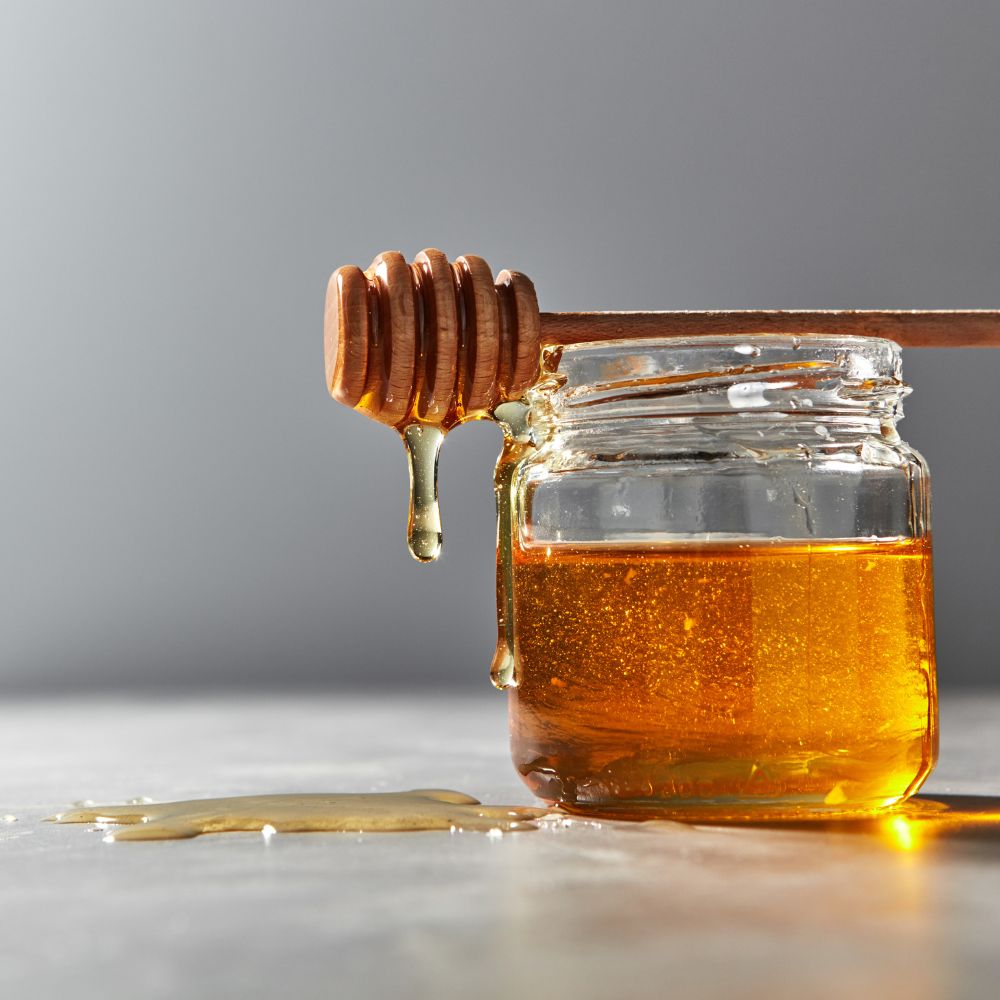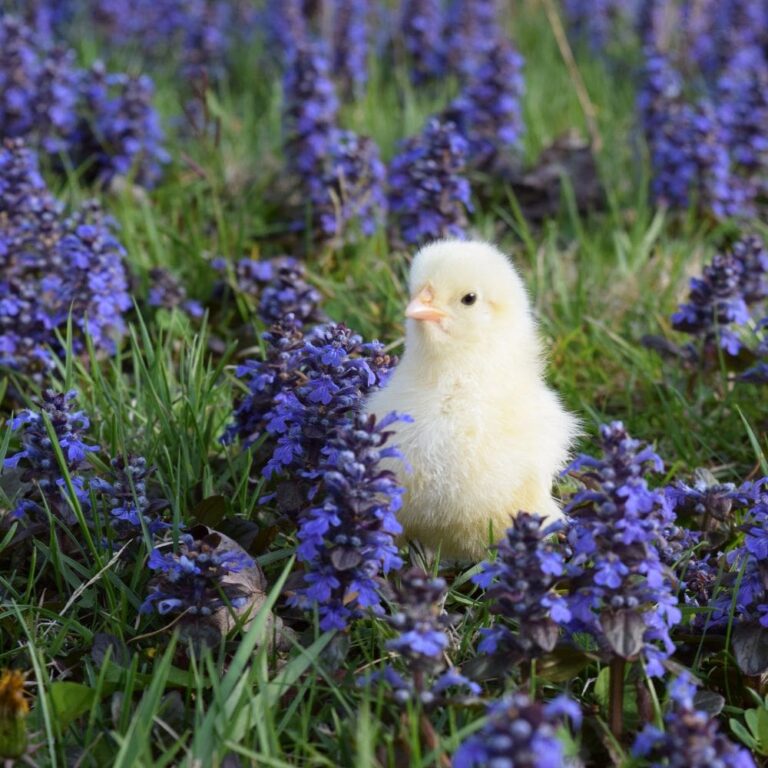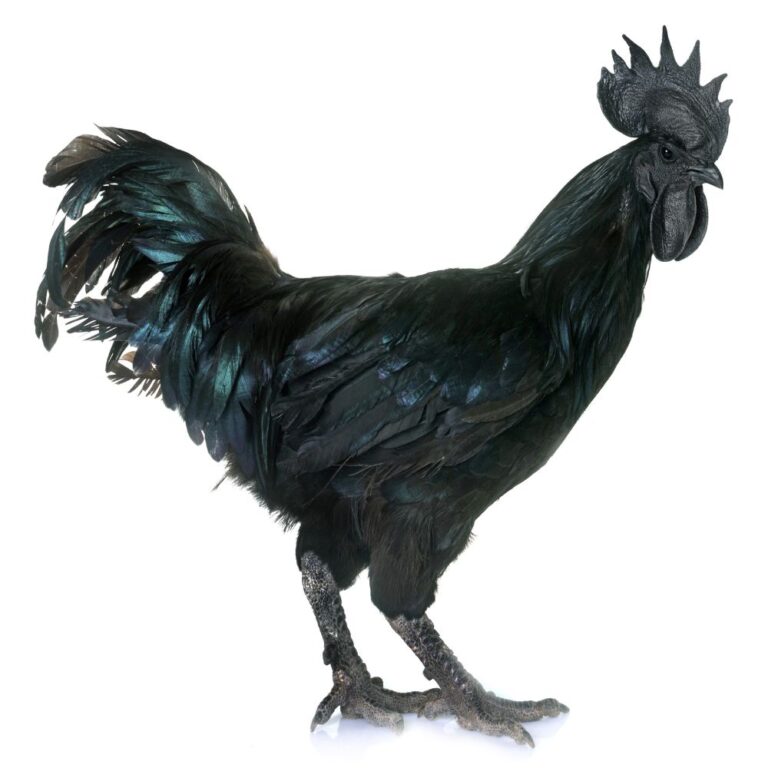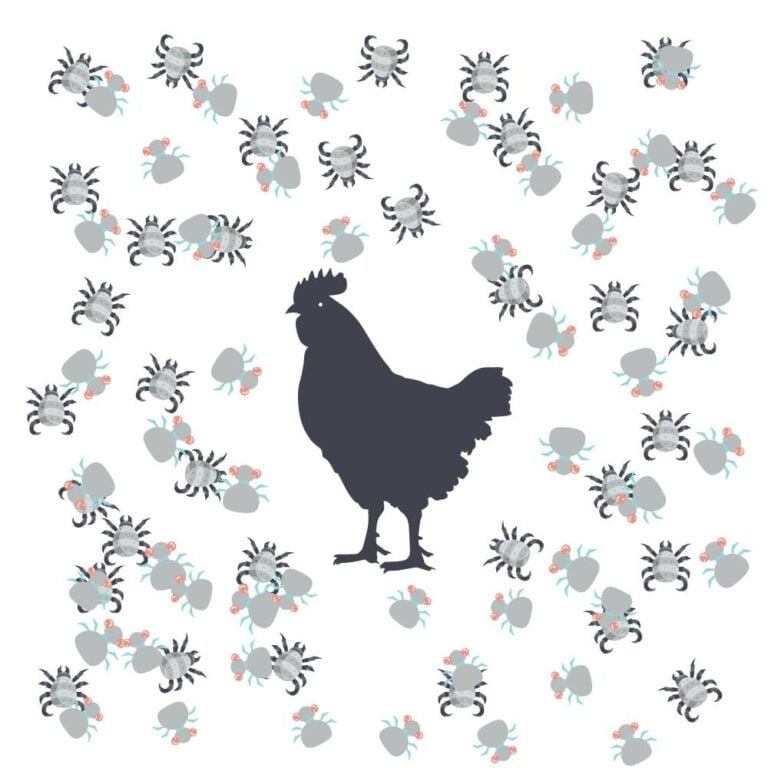Humans have known about honey’s antibacterial properties for centuries, and it’s something I turn to on the homestead to treat wounds on our chickens.
For generations, our ancestors relied on honey’s antibacterial properties to treat their chickens as well as themselves. And our medical communities are rediscovering the power of honey as antibiotic-resistant bacteria becomes more of an issue.
I’ve often found that topical antibacterial ointments that you buy at the store just don’t perform like honey to treat traumatic injuries on chickens, such as large wounds.
Of course, if your hens have an upper respiratory infection, then providing them with internal antibiotics after consulting with a veterinarian is the way to go.
But for external injuries, I’ve found that honey’s antibacterial properties are far superior to other topical antibacterial ointments.

Table of Contents (Quickly Jump To Information)
Why is honey a good?
For one thing, honey has minerals. Some of the minerals found in honey include magnesium, calcium, copper, phosphorus, iron, manganese, potassium, sodium, and zinc. Manuka honey is said to have a higher (up to 4 times higher) than normal conductivity (which is a factor in measuring the amount of minerals).
Honey also contains antioxidants. This is great news because we all know how important antioxidants are. The exact antioxidants are found in honey are phenolic acids and flavonoids.
This golden beauty also contains vitamins. Some of the vitamins found in honey include riboflavin, niacin, ascorbic acid (vitamin C), and pantothenic acid.
The vitamins and mineral content have a generally beneficial effect, but what are the properties of honey that make it so useful for things like wound care? I can’t say it better than this:
The beneficial role of honey is attributed to its antibacterial property with regards to its high osmolarity, acidity (low pH) and content of hydrogen peroxide (H2O2) and non-peroxide components, i.e., the presence of phytochemical components like methylglyoxal (MGO). The antimicrobial agents in honey are predominantly hydrogen peroxide, of which the concentration is determined by relative levels of glucose oxidase, synthesized by the bee and catalase originating from flower pollen.
National Library of Medicine
Pair the low PH and the antimicrobial properties of hydrogen peroxide and you have a winner.
Now let’s say thank you to the honey bees for all these health benefits 😊
Why I use honey
Learn from history
Well, for starters, honey doesn’t spoil; it has been found in ancient Egyptian tombs, still edible after 3,000 or more years. That’s pretty strong evidence that honey’s antibacterial properties are superior. Bacteria just have a hard time growing in it.
Believe it or not, honey is an accepted form of wound healing treatment in the medical community. As an “old-timey” approach, it fell out of style as drug companies produced topical antibacterial ointments that better fit our society’s idea of progress.
But as bacteria have become increasingly resistant, researchers are returning to some ancient methods to treat common traumatic injuries.
In our neck of the woods, there are no avian vets, and I’ve seen enough of the veterinary skills in my area to be concerned about bringing any animal to them. So, on our homestead, we must be self-reliant when treating our flock of chickens, and I’ve learned that knowledge is the best protection.
Gentle and sticky
Secondly, in addition to honey’s antibacterial properties, it also is less viscous than over-the-counter treatments and is stickier. Why is this important?
Imagine you’re a chicken that has a large wound on your head from a pecking order dispute. This wound goes through several layers of skin.
But, since you’re a chicken, you still want to dust bathe, peck for food, etc. All sorts of normal activities will expose your wound to bacteria.
I’ve found that because honey is stickier when it comes to wet injuries, honey adheres to the wound better than other antibacterial medications. I’ve noticed that triple antibiotic ointment, silver sulfide, and other topical medications simply don’t offer the same level of wound coverage that honey does.
And in my opinion, when it comes to chickens, this can mean the difference between life and death from infection.
Honey is also able to spread its antibacterial properties where a more viscous ointment cannot, namely, under folds of skin or into crevices that we as humans can’t see well, but where bacteria like to lurk.
Examples of using honey’s antibacterial properties on our homestead
I’ve successfully used honey’s antibacterial properties to treat both quail and chickens on our farm.
Example 1
Recently, one of our quail was involved in a pecking order dispute and lost literally half the skin on his head.
Although the injury was quite extensive, I wanted to give the quail 48 hours before I put him to sleep. He didn’t seem in pain (although he had to be). I applied silver sulfide, which is commonly used to treat horse wounds, but I couldn’t get it to cover the wound because of the blood and plasma.
So, I gently washed off the silver sulfide and applied honey three times each day to prevent infection, wearing surgical gloves so I didn’t introduce more bacteria into his wound.
After I applied the honey, the following day the wound was fresh, but definitely not red or inflamed.
Thanks to honey’s antibacterial qualities, the wound was actually starting to scab over with a hard cover!
I’ve was very pleased with how honey’s antibacterial qualities helped this quail heal. Although it took awhile to fully heal, it worked!
Reduces inflammation
Another advantage of using honey’s antibacterial properties is it reduces inflammation (hence why the medical community uses it on burns).
With my quail, I was concerned that he might go into shock from the pain of his traumatic injury. The honey reduced any inflammation and kept the wound moist.
That way my quail didn’t experience even more pain as his wound dried (which could have caused the skin to tighten).
Example 2
In a second example, I used honey to treat a pullet that, like the quail, was involved in a pecking order dispute.
The pullet had a deep, dime-sized wound on her head that went through several layers of skin.
In this situation, the wound was smaller, but since it went through several layers of skin, there was a larger possibility that bacteria could grow under the skin, unseen, until the pullet had a full-blown systemic infection.
I used honey to treat the wound, after washing the affected area. Similar to the quail, the honey caused the wound to scab over quickly and reduced the inflammation.
Example 3
We once had a hen who, somehow, wounded her comb. We never figured out how but it looked pretty bad.
I cleaned it the best I could and applied the nectar of the gods. 😉 You guessed it – it did the trick. Again, it took many days to fully heal but you could see the benefits just after two days of application.
Another benefit of honey
When it comes to honey, another advantage is it doesn’t have any withdrawal times.
Other topical antibiotic ointments, such as triple antibiotic cream, have withdrawal time, so while the animal is healing, you can’t eat the eggs or the meat.
With honey, there are no such withdrawal times, and you can continue to enjoy your chicken eggs.
Sourcing honey to use on your homestead
If you want to use honey’s antibacterial properties on your homestead, you’ll need to pay attention to what you’re buying.
I only recommend using organic honey from a company like Thrive Market which ethically sources all of its products.
In order to be considered honey, according to USDA standards, bee pollen must be in honey sold in the US. Typically, though, to please consumers who demand clarity in the final product, most suppliers ultra-filter the honey, taking out all the particulates and the pollen.
In the US, honey you find at the grocery store isn’t usually honey, but a mixture of very processed honey and corn syrup. A lot of the antibacterial properties have been lost.
In the US, as well, most of the honey sold comes from international sources, usually China, and contains more corn syrup than honey. Antibacterial qualities are subpar in these products.
Organic honey, however, has pollen in it because typically it has not been ultra-filtered, and you can be sure you’re getting a product that is 100% honey.
You can also buy honey from a beekeeper in your area, but if you don’t have access to any near you, then purchasing organic honey will do the trick.
Summary
This article was mostly about the use of honey for wound care. It’s really quite amazing how good honey is at helping around the homestead.
But it’s worth mentioning that honey has many other uses too. Honey has health benefits beyond wound care for both humans and animals alike.
Chicken Related Articles
- How Often Do Chickens Lay Eggs? Ultimate Guide To Egg Production
- Herbs For Chickens – Simple Guide
- Broiler Chickens – Cornish Cross
- Chicken Illnesses & Symptoms You Need To Know
Maat van Uitert is a backyard chicken and sustainable living expert. She is also the author of Chickens: Naturally Raising A Sustainable Flock, which was a best seller in it’s Amazon category. Maat has been featured on NBC, CBS, AOL Finance, Community Chickens, the Huffington Post, Chickens magazine, Backyard Poultry, and Countryside Magazine. She lives on her farm in Southeast Missouri with her husband, two children, and about a million chickens and ducks. You can follow Maat on Facebook here and Instagram here.





